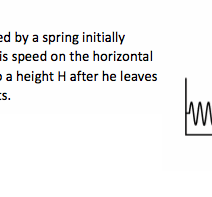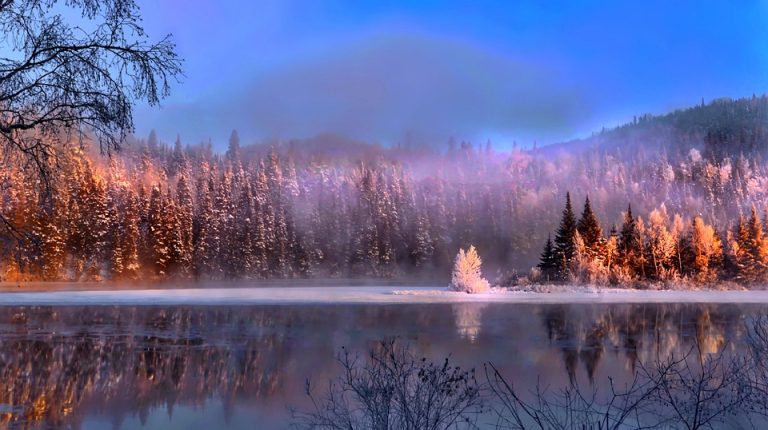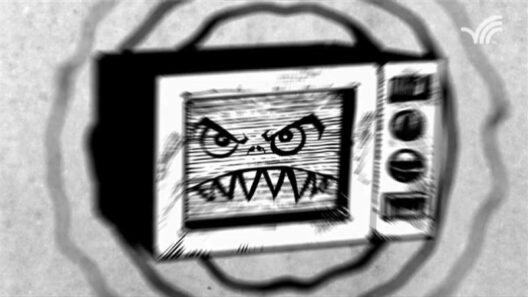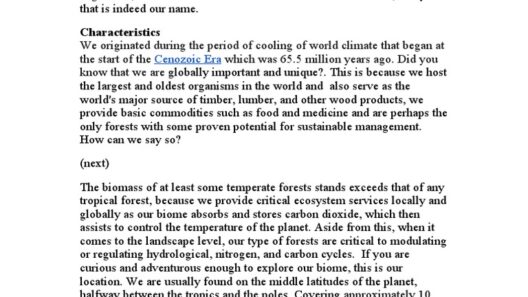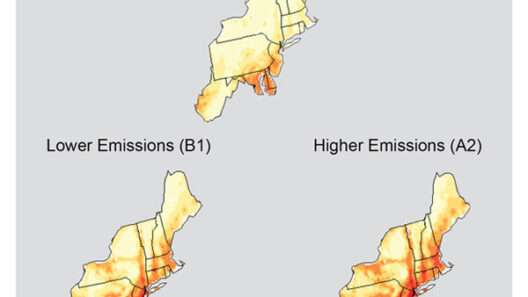The year 1922 marked a pivotal juncture for Indianapolis, a city evolving amid the rapid transformations of the early 20th century. As the echoes of World War I receded, the social climate emerged as a kaleidoscope of opportunity, tension, and innovation. This period was characterized by significant economic growth, cultural shifts, and emerging social movements that transcended mere meteorological phenomena, weaving an intricate tapestry of life in the Midwestern heartland.
Economic Prosperity and Urbanization
Post-war America experienced a robust economic boom, and Indianapolis was no exception. The city was bustling with industrialization, positioning itself as a hub for manufacturing and commerce. Factories dotted the landscape like mushrooms after rain, giving rise to a burgeoning working class. This newfound prosperity fostered a sense of optimism, yet it also spawned an undercurrent of discontent among the very workers who fueled this growth.
As the city expanded, the allure of job opportunities attracted immigrants from various regions, further diversifying the social fabric. The influx of these new residents began to cultivate a vibrant tapestry of cultures, as different traditions intermingled, creating a unique collective identity. However, this flux was not without its challenges. Ethnic tensions simmered beneath the surface, fueled by economic competition and a growing nativist sentiment that emerged during the period.
Cultural Flux and the Arts
In the world of arts and culture, 1922 was a transformative year. The Roaring Twenties birthed a new enthusiasm for artistic expression, manifesting in the jazz music that pulsated through speakeasies and dance halls across Indianapolis. Jazz, a genre born from African American communities, resonated deeply, breaking societal norms and transcending racial boundaries. This was not merely music; it was a voice for freedom, an anthem of a generation yearning for liberation.
Moreover, the literary scene flourished during this time, with local authors and poets contributing to the national dialogue. The cultural renaissance that permeated the city served as a catalyst for social change, capturing the zeitgeist of a society caught between traditional values and the onslaught of modernization. Literary salons and gatherings became incubators for radical ideas, where discussions of equality and civil rights began to take root.
Social Movements and the Quest for Equity
The social climate of 1922 was also heavily influenced by emerging social movements, particularly those advocating for women’s rights and labor reforms. Following the ratification of the Nineteenth Amendment in 1920, women in Indianapolis began to assert their rights with newfound vigor. Activist groups organized, rallying for equal wages and better working conditions, echoing the cries of their sisters across the nation.
Working-class women, particularly those employed in factories, stood at the epicenter of this movement. They were not merely passive participants in the economic boom; they sought to reshape the contours of their existence. Unions formed, demanding recognition and respect, and the once-silent voices now rang out with resolute clarity. The struggle for labor rights was a battleground where the fight for justice played out, laying the groundwork for future advancements.
Race and the Harlem Renaissance
Alongside these movements, the specter of racial inequality loomed large. The lingering shadow of segregation and discrimination was pervasive, yet it was also during this time that the seeds of the Harlem Renaissance began to germinate in Indianapolis. African American artists, musicians, and writers contributed to a cultural explosion that challenged societal norms and showcased the richness of Black culture.
Local figures such as the jazz musician George G. Gardiner began to gain recognition, demonstrating that expression knows no boundaries. This intermingling of races at clubs and community gatherings stirred conversations that some were uncomfortable with but that were necessary for progress. Here, amidst the staccato rhythms of jazz, individuals forged connections and confronted prevailing prejudices, challenging the status quo.
Political Landscape and Prohibition
The political landscape of 1922 was equally dynamic. The Prohibition era loomed large, casting a pall over the social climate. Speakeasies thrived, serving as clandestine havens where individuals gathered to indulge in illicit pleasures. The contradictions of governance became apparent, as law enforcement struggled to maintain order in a city rife with defiance. This era illustrated the irony of legislation attempting to suppress the very essence of human desire and community.
Moreover, local politics were fraught with corruption and scandal, as the ripple effects of the Prohibition Act seeped into everyday life. Political machines, with their intricate webs of influence, often prioritized self-interest over the needs of the populace, leading to growing disillusionment among residents. The desire for reform surged, signaling a yearning for transparency and accountability in governance. It was a tumultuous dance, where aspirations clashed with the stark realities of power.
Conclusion: A City in Flux
The social climate of 1922 in Indianapolis was marked by an amalgamation of prosperity and strife. It was a time of transition, where economic growth catalyzed cultural vibrancy but was clouded by social injustice and political discord. The echoes of the past reverberated through the streets as residents grappled with the complexities of modernity. In the face of contradiction, the people of Indianapolis began to forge their destinies, highlighting their resilience and capacity for change.
In retrospect, this era serves as a poignant reminder that social climates, much like weather patterns, are influenced by myriad factors. To understand and engage with the world, one must dig deeper than surface appearances, exploring the interconnectedness of social movements, cultural expressions, and historical legacies that shape our collective experience.
